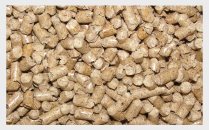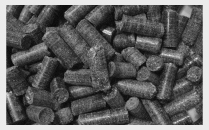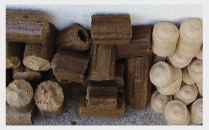Pellet
What is Pellet?
The pellet (pellets) is a fuel composed of wood, free from any moisture, compressed into small cylinders without any added adhesive. The caloric yield of the pellet is 4200 – 5500 kcal / kg.
How?
The pellet of small diameter cylinders 60-80 mm in length about 100 mm and color depending on the feedstock used to produce them.
What they mean for the environment?
The solid fuel pellets are produced by mechanical processing of biomass. In short, without any addition of chemicals used herbal materials by burning them releases substantially as carbon dioxide are absorbed during their life so they do not burden environment.
What they mean for our economy?
At the national level to produce fuel from domestic raw materials means a corresponding reduction in oil imports. In the case of pellet cultivation of plants used as raw materials, can help to improve farm income and eventually be a way to continuously chargeable status of Greek Agriculture.
How do you use for heating?
Because of the cylindrical form of glossy surface and the small size of the pellets as a liquid, facilitating the transfer and automatic feeding of the boiler or stove pellet. The power of the installation can be made by packing 15 kg bags or large containers 500-1000 kg. The high energy density and ease of use make this plant and environmentally safe fuel, appropriate for use in any size automatic heating systems.
PARTS OF THE SYSTEM
An installation of fuel pellets for heating, comprises the following components:
• Boiler and Burner
• Store fuel
• Feed system
• A central regulatory mechanism
• If required, system hot water heating
Other uses
In many European countries, the pellets are widely used for many years, replacing heating oil and natural gas, with very positive effects on the environment and economy.


Pellet (Wood)

Pellet (Sunflower)

Briquettes




